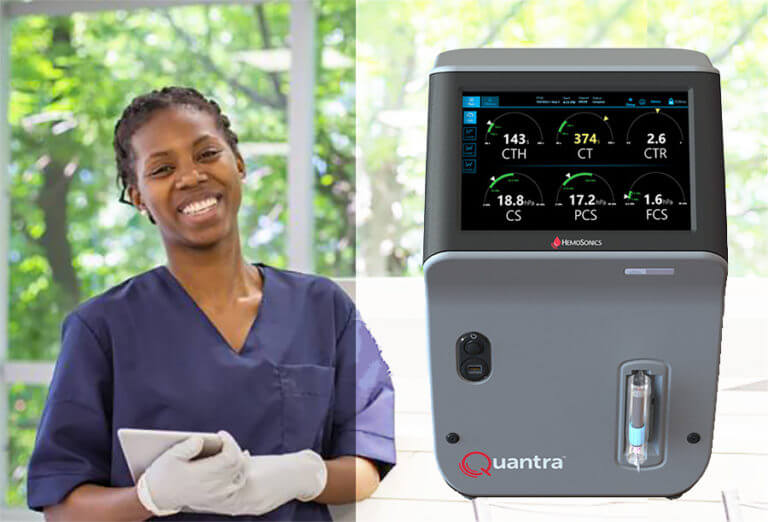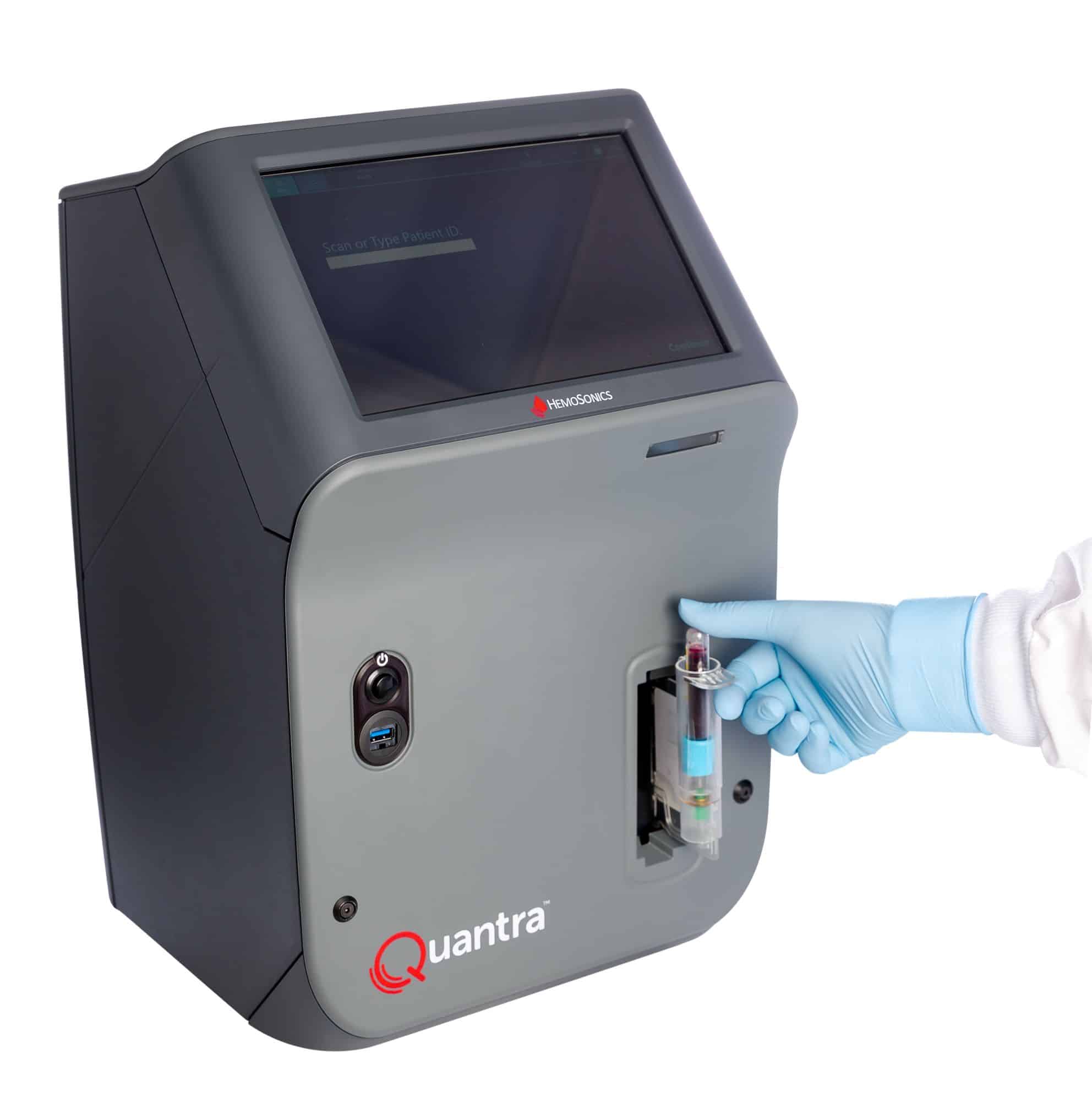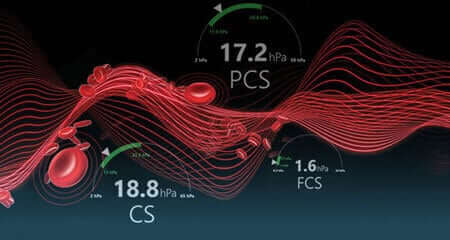Reducing QC Burdens in Viscoelastic Testing with the Quantra® System

- How frequently do you have to run Quality Control (QC) on your viscoelastic testing (VET) device?
- What is the process for obtaining normal controls?
- How do you validate a new VET instrument for point-of-care use?
These questions frequently arise when you are considering or evaluating a new VET point-of-care (POC) instrument. When it comes to whole blood viscoelastic testing, a large body of clinical evidence supports it for the management of bleeding in critical care settings.
Yet, VET technology has not been adopted widely, despite its proven benefits for patient care. Installing, validating, and operating a VET assay may be complicated and resource intensive. Quality Assurance (QA) requirements may be burdensome, irrespective of whether the device is set up to operate in the laboratory or at the POC.
These questions frequently arise when you are considering or evaluating a new VET point-of-care (POC) instrument. When it comes to whole blood viscoelastic testing, a large body of clinical evidence supports it for the management of bleeding in critical care settings. Yet, VET technology has not been adopted widely, despite its proven benefits for patient care. Installing, validating, and operating a VET assay may be complicated and resource intensive. Quality Assurance (QA) requirements may be burdensome, irrespective of whether the device is set up to operate in the laboratory or at the POC.
In a recent publication entitled Unique Approach to Quality Assurance in Viscoelastic Testing (Leadbetter NH, et al, J Appl Lab Med. 2020 May 20; doi: 10.1093/jalm/jfaa057 – Online ahead of print), HemoSonics authors describe a novel POC device, the Quantra® QPlus® System, with emphasis on its comprehensive QA program. Importantly, the Quantra System’s unique ultrasound technology enables automatic, frequent QC checks not currently available with other VET devices, that reduce the potential of inaccurate results.
The publication outlines the Quantra System’s unique approach to Quality Assurance and the special QC opportunities that have been made possible by its proprietary ultrasound technology. This approach is well suited to fit within a framework for an individualized quality control plan (IQCP) and meet the laboratory’s need for devices operating at the POC.
Key advantages of the Quantra System from the QC standpoint include:
- No moving mechanical parts are utilized as part of the sensing components of the system.
- Minimizes pre-analytical blood handling steps by using a fully sealed cartridge with embedded reagents that directly connects to an evacuated test tube.
- Comprehensive internal QC checks are performed 1) on Power-On, 2) when a new cartridge is placed in the instrument, and 3) every 8 hours to verify that all key subsystems are operating properly. These include cartridge clamping, fluidics, ultrasound, heating and results calculation.
- Two levels of external biological QC materials are available.
- Precision data from multicenter studies demonstrate that the Quantra System can generate results with high precision while operating at the POC (total imprecision CV <8%).
The Quantra QPlus System is currently the only VET solution specifically indicated* for use at the point of care. The Quantra QPlus System is a new-generation cartridge-based VET device that can operate with reduced oversight from the central laboratory while easily integrating into your facility’s IQCP framework.

Request a Video Demo
*Indications for Use: The Quantra QPlus System is composed of the Quantra Hemostasis Analyzer, QPlus Cartridge, and Quantra Quality Controls Level 1 and 2. The Quantra QPlus System is intended for in vitro diagnostic use. The Quantra Hemostasis Analyzer uses Sonic Estimation of Elasticity via Resonance (SEER) Sonorheometry, an ultrasound-based technology, to measure the shear modulus of whole blood during coagulation. The QPlus Cartridge is a multi-channel cartridge that provides semi-quantitative indications of the coagulation state of a 3.2% citrated venous whole blood sample. The QPlus Cartridge includes tests to assess coagulation characteristics via the intrinsic pathway, via the extrinsic pathway, and includes tests with a heparin neutralizer.The system is intended to be used by trained professionals at the point-of-care and in clinical laboratories to evaluate the viscoelastic properties of whole blood by means of the following functional parameters: Clot Time (CT), Clot Time with Heparinase (CTH), Clot Stiffness (CS), Fibrinogen Contribution to Clot Stiffness (FCS), Platelet Contribution to Clot Stiffness (PCS) and Clot Time Ratio (CTR).The Quantra QPlus System is indicated for the evaluation of blood coagulation in perioperative patients age 18 years and older to assess possible hypocoagulable and hypercoagulable conditions in cardiovascular or major orthopedic surgeries before, during, and following the procedure. Results obtained with the Quantra QPlus System should not be the sole basis for patient diagnosis. Rx Only. The Quantra QPlus System has not been evaluated to guide blood product use or use of medication. Please consult the Quantra User Manual and/or cartridge Instructions for Use for complete information.

